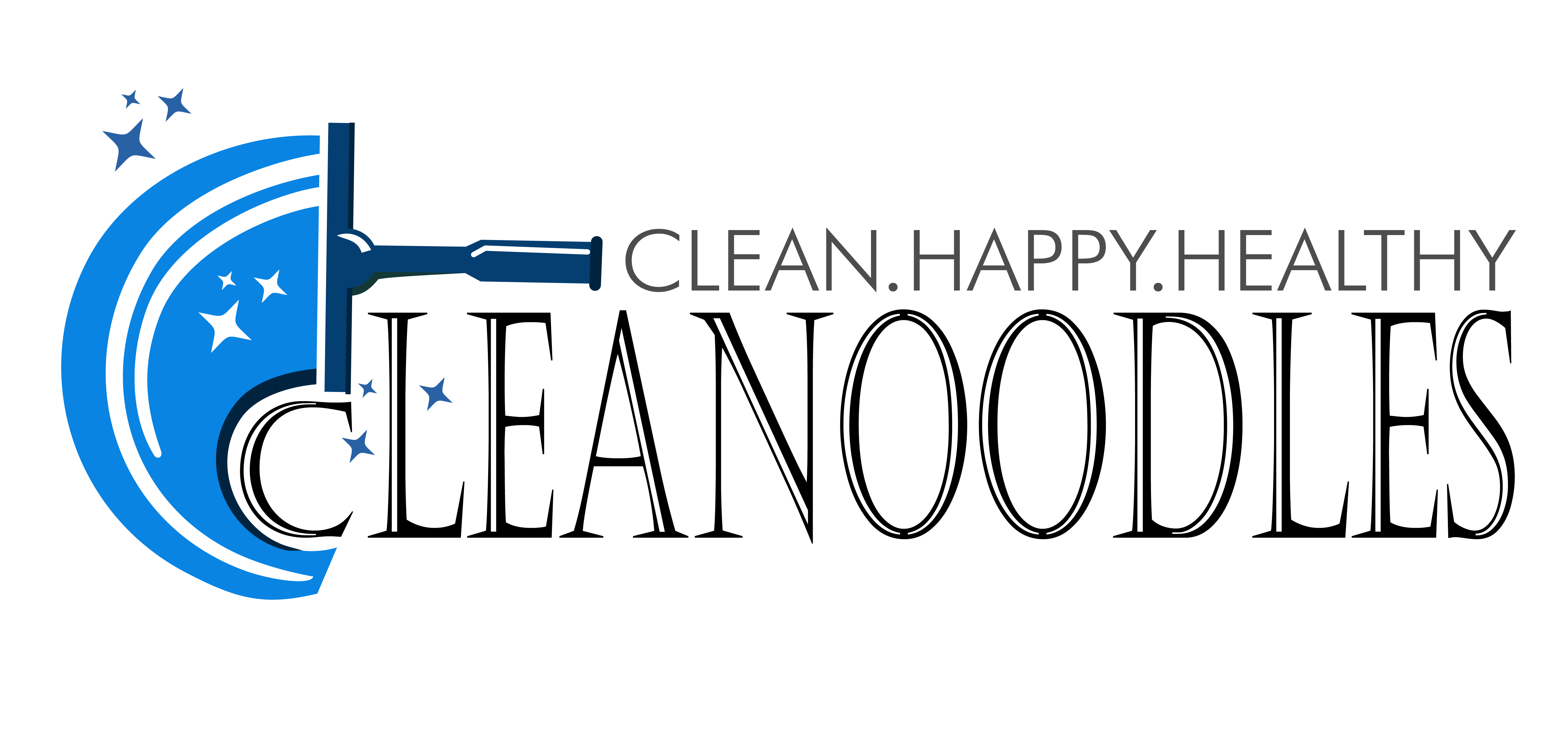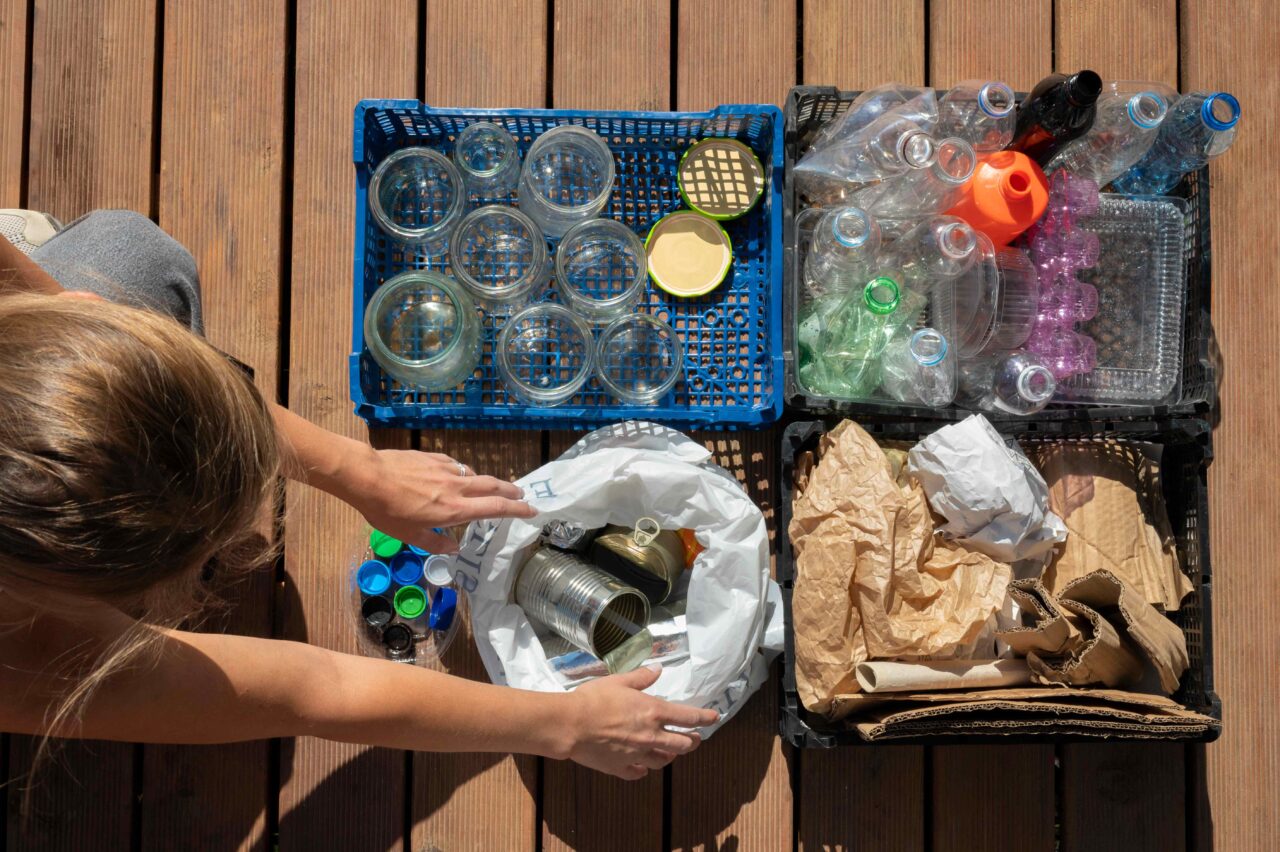In general, the disposal of waste involves either material recycling or thermal treatment. If these options are not technically feasible or economically viable, the waste undergoes treatment before being deposited in a landfill.
The conventional waste disposal methods employed in Switzerland are defined and elaborated upon below:
Recycling
Recycling encompasses both the direct reuse of used items (e.g., second-hand clothing and functional parts salvaged from used vehicles) and material recycling, which involves recovering raw materials from waste (e.g., producing new glass from fragments, melting scrap iron, and manufacturing recycled construction materials from construction waste). The term “downcycling” refers to the transformation of waste into materials of lesser quality than the original material.
Incineration
Combustible waste from households and non-recyclable waste wood undergo thermal treatment in waste incineration facilities or waste wood furnaces. The heat generated in this process is utilized for electricity generation and heating buildings. Waste with a high calorific value and low levels of pollutant contamination can serve as an alternative fuel source in industrial facilities, such as cement plants, instead of fossil fuels. Waste contaminated with organic pollutants undergoes separate thermal treatment (e.g., hazardous waste incineration plants). Incinerators must be equipped with a flue gas treatment system, with specific requirements tailored to the waste’s nature.
Specialized waste disposal firms ensure that the waste is treated according to the incineration plant’s requirements, ensuring high-quality fuel and minimizing the risk of accidents. These companies prevent undesirable reactions, such as the mixing of liquids. Waste materials intended as substitute fuels in cement plants must be pre-crushed and set to a consistent calorific value.
Chemical-Physical and Biological Treatment
Chemical-physical and biological treatments aim to remove pollutants from waste or prepare it for safe landfilling. Typical waste managed through these methods includes wastewater and contaminated excavated material. Following chemical-physical treatment, pollutants can be concentrated for disposal in suitable facilities.
Landfills
Residues from waste incineration or waste unsuitable for material recycling or thermal treatment are deposited in landfills that adhere to legal requirements. If the waste doesn’t meet landfilling criteria, it must undergo pre-treatment.
Collection and Logistic
The waste management sector involves various specialized actors responsible for collecting waste at its source (e.g., industry, commerce, and households), using appropriate transport containers, intermediate storage, and handover to waste disposal facilities. Waste treatment often follows a sequence of specialized plants, necessitating efficient logistics. Hazardous waste handovers must be documented in compliance with the Ordinance on Movements of Waste.
At Cleanoodle, we are dedicated to providing top-notch services to meet all your cleaning and maintenance needs. Whether you require efficient waste removal, professional cleaning services, or expert painting, our team is here to help. To learn more about our commitment to quality and customer satisfaction, visit our About Us page. For a detailed overview of all the services we offer, check out our Services page. If you have any questions or need assistance, don’t hesitate to reach out through our Contact Us page.
FAQs
What are the four methods to diminish waste?
Eight Approaches to Waste Reduction
You can use a reusable bottle or cup for beverages while on the move.
You can use reusable shopping bags, not just for groceries.
Make thoughtful purchases and engage in recycling.
Engage in composting!
Could you steer clear of disposable food containers and utensils?
Opt for pre-owned items and contribute used possessions.
What are the ten techniques for waste reduction?
Here are ten uncomplicated methods to reduce waste at home.
Choose eco-friendly options with reusable bags.
Eliminate disposable items from the kitchen.
Say no to single-use items and opt for buying in bulk.
Refuse disposable water bottles and coffee cups.
Decrease food waste.
Participate in buying and selling groups.
What are the four stages in the recycling process?
The Procedure for Recycling Plastics
Phase 1: Collection. The initial phase in the recycling process is always the gathering of plastic materials intended for recycling.
Phase 2: Sorting.
Phase 3: Cleaning.
Phase 4: Reshaping.
Phase 5: Identification and segregation of plastics.
What are the five waste recycling techniques?
The 5 R’s: Refuse, Reduce, Reuse, Repurpose, Recycle
In line with the 5 R’s, four measures should ideally be undertaken prior to ‘recycling’: refuse, reduce, reuse, repurpose, and subsequently recycle. Incorporating this approach into your company’s waste reduction and recycling initiatives will diminish landfill waste and elevate your recycling program.


